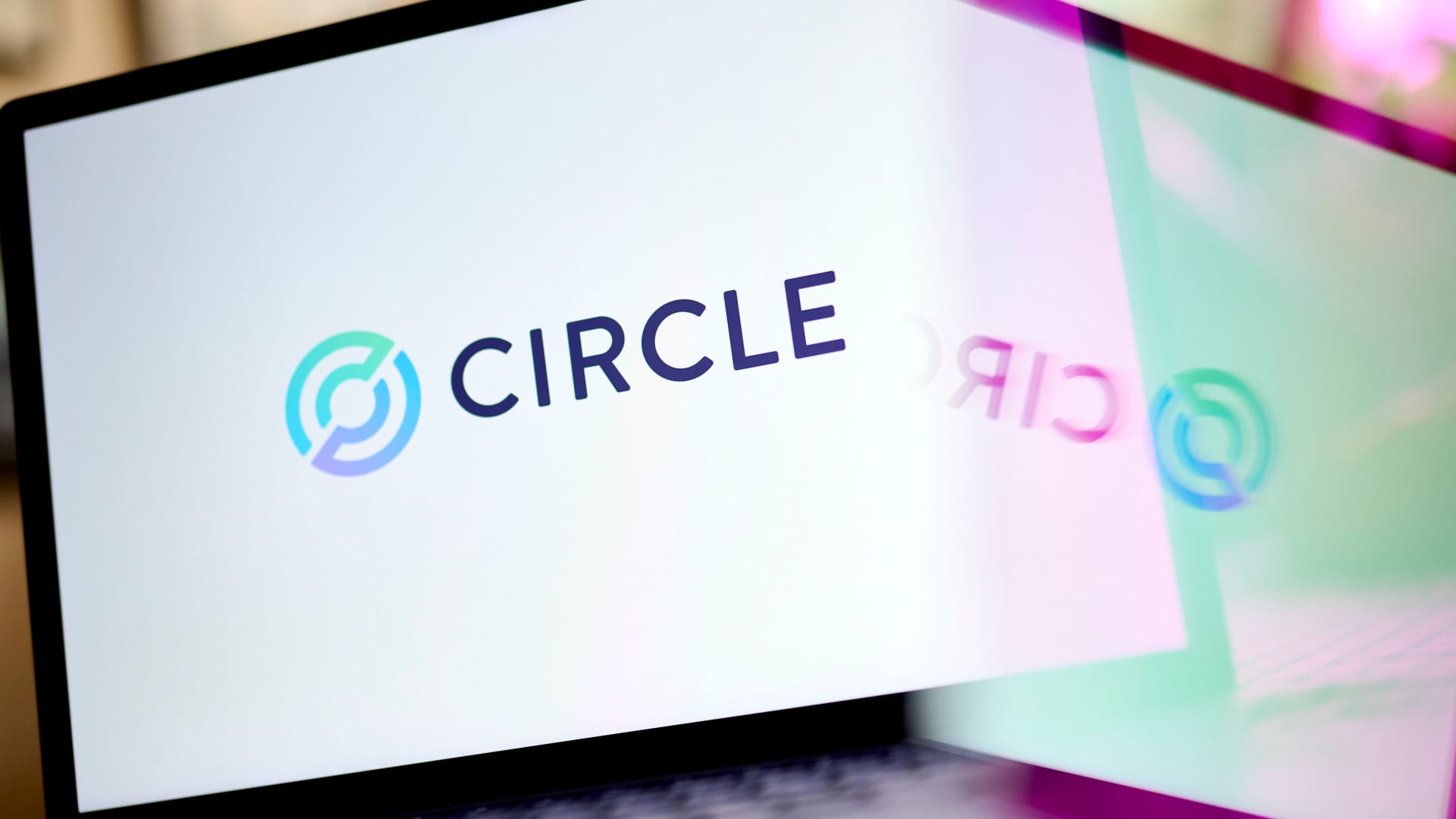Ramsey Solutions financial expert George Kamel weighs in on Americans working past retirement age and provides advice for investors.
Socking away money for retirement is something that’s top of mind for many people.
Many Americans save money for their “Golden Years” through workplace retirement plans and individual accounts they set up, with traditional and Roth IRAs being frequently-used vehicles in the latter category.
Experts recommend you utilize a Roth or Traditional IRA in order to save and grow your retirement package. (iStock / iStock)
Roth IRAs
Holders of Roth IRAs are able to make after-tax contributions to their accounts.
“Why a lot of people like a Roth IRA today is that you pay income taxes today before you put the money into the Roth IRA,” Ted Jenkin, a personal finance expert and partner at Exit Wealth, told FOX Business. “The money grows tax-deferred while it’s inside of the Roth IRA, but the great news about a Roth IRA is you never, ever pay any tax when you take it out, so it’s basically taxed once today and then you’re never ever taxed again.”
For 2025, the contribution limit for Roth IRAs is $7,000 for ages below 50 and $8,000 for those older than that, according to the IRS.
STUDY SHOWS HOW LONG SOCIAL SECURITY, $1.5M NEST EGG WOULD LAST IN 50 STATES
When a person takes out contributions from a Roth IRA, they will not have taxes or a penalty. A holder could face both if they do that for Roth IRA earnings before five years have elapsed since they’ve opened the account or they’re below the age of 59 ½, according to Fidelity.
Businessman in suit is holding piggy bank. Finance Savings concept (iStock / iStock)
Traditional IRAs
Funds put into traditional IRAs are typically “not taxed until you take a distribution,” according to the IRS.
“Just like a Roth IRA, the dollars grow tax-deferred. However, on all that growth in the traditional IRA, ultimately you’re going to be taxed when you take it out down the road,” Jenkin said.
He noted that “can be challenging because you don’t always know what your tax brackets are going to be down the road.”
People under 50 years old can make up to $7,000 in contributions to traditional IRAs in 2025. For those above 50, it is slightly higher, at $8,000.
In contrast to Roth IRAs, contributions to traditional IRAs can be tax-deductible but, according to Jenkin, that “depends on a number of factors.”
THIS MIDWESTERN STATE IS CONSIDERED ONE OF THE BEST PLACES TO RETIRE, NEW STUDY SAYS: SEE THE LIST
He said the “big question” for deductibility was “Are you covered by a workplace retirement plan?”
“If you don’t, or your spouse does not, then you can fully deduct the traditional IRA,” he told FOX Business. “But if you have one at work, then there’s a phase out income-wise on how much income you have as to whether or not it’s deductible.”
When it comes to withdrawals for traditional IRAs, you can do so at any time but that distribution “will be includible in your taxable income and it may be subject to a 10% additional tax if you’re under age 59 ½,” according to the IRS.
For traditional IRAs, holders face a required minimum distribution they must pull out each year once they turn 73.
Things to think about
The differences between traditional and Roth IRAs give people planning for retirement plenty to think about as they mull which account they want to use.
Jenkin said one factor was “Do I want to be taxed now, or do I want to be taxed later?”
“When you’re younger, you’re generally in a lower tax bracket, which is why, for younger people, it’s a really great idea in my view to be putting money into a Roth IRA, because once it goes in there, you’re never taxed again.”
He also noted the Secure 2.0 Act that became law in late 2022.
“When you have a traditional IRA and you die and it goes to your kids or any other non-spouse inheritor, you have to take the money out of a traditional IRA within 10 years,” he said. “In a Roth IRA, when you die and your kids inherit the Roth IRA, they can take it out as long as they want. They’re not subject to that 10 years.”
When weighing opening a traditional or Roth IRA, Jenkin also said people should consider whether they can “leave the money in there for an extended period of time.” He said they should factor in their current tax brackets and their “overall future estate plan” for their family as well.
Documents about Individual retirement account IRA on a desk. (iStock / iStock)
He told FOX Business his “lean on this would be that more and more people should be looking at opening up a Roth IRA versus a traditional IRA.”
How many people have IRAs?
The Investment Company Institute said in a study released Thursday that nearly 44% of American households had IRAs in mid-2024, whether that be traditional, Roth, employer-sponsored or a combination.
Traditional IRAs were owned by 32.6% of households, it found. Over 26% of households had Roth IRAs.
401(K) BALANCES HIT SECOND HIGHEST ON RECORD: FIDELITY
A separate report released by Fidelity Investments in February reported IRA accounts held average balances of $127,543 in the fourth quarter of 2024. That was an increase of 8% from the same three-month period in the prior year, according to the report.

 Blog Post5 days ago
Blog Post5 days ago
 Economics1 week ago
Economics1 week ago
 Economics1 week ago
Economics1 week ago
 Personal Finance1 week ago
Personal Finance1 week ago
 Accounting1 week ago
Accounting1 week ago
 Economics6 days ago
Economics6 days ago
 Personal Finance1 week ago
Personal Finance1 week ago
 Finance1 week ago
Finance1 week ago














